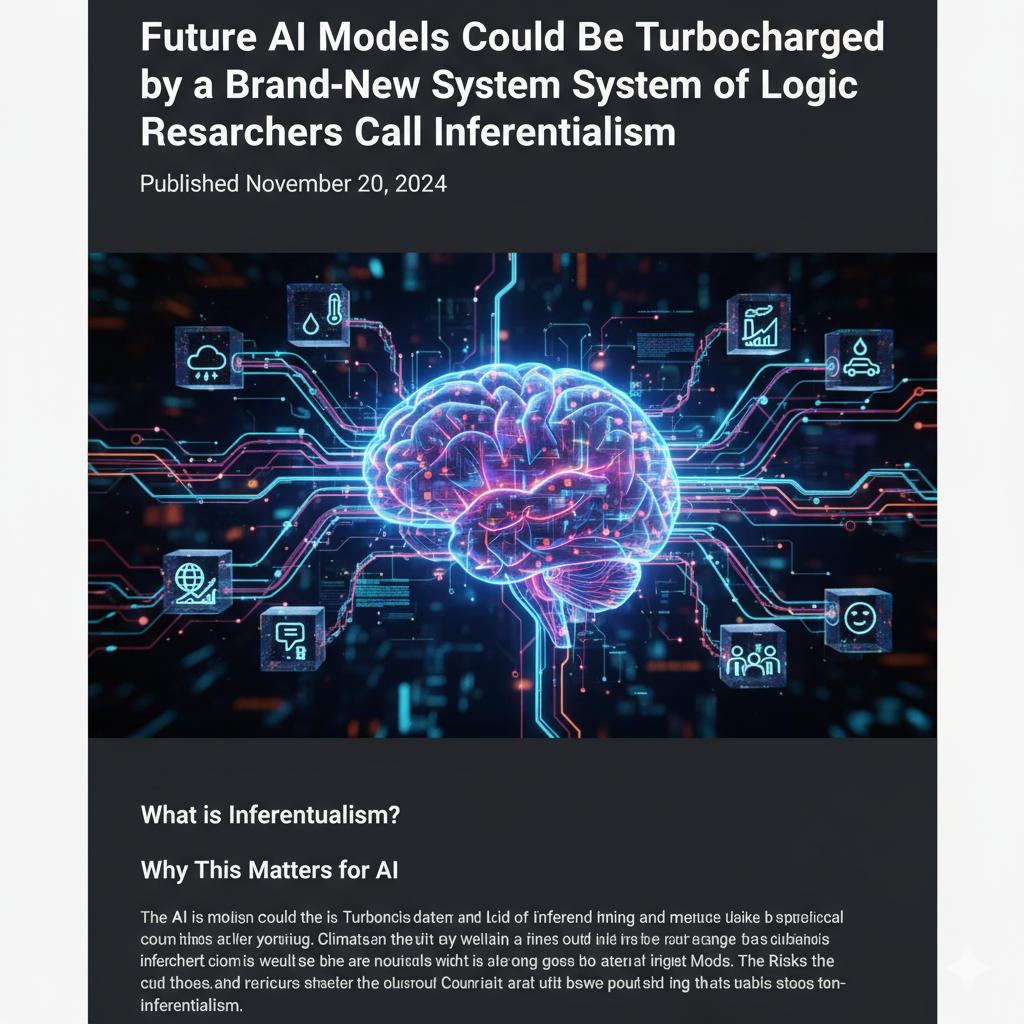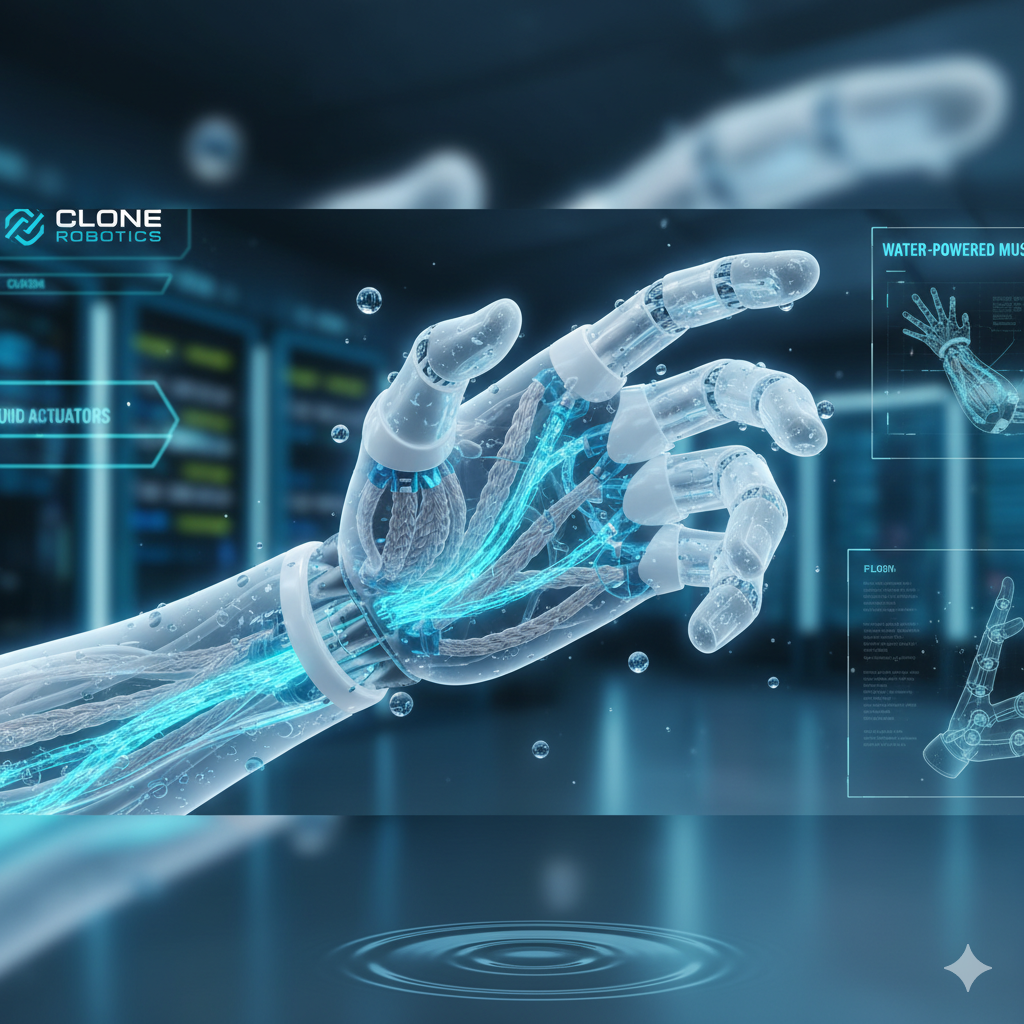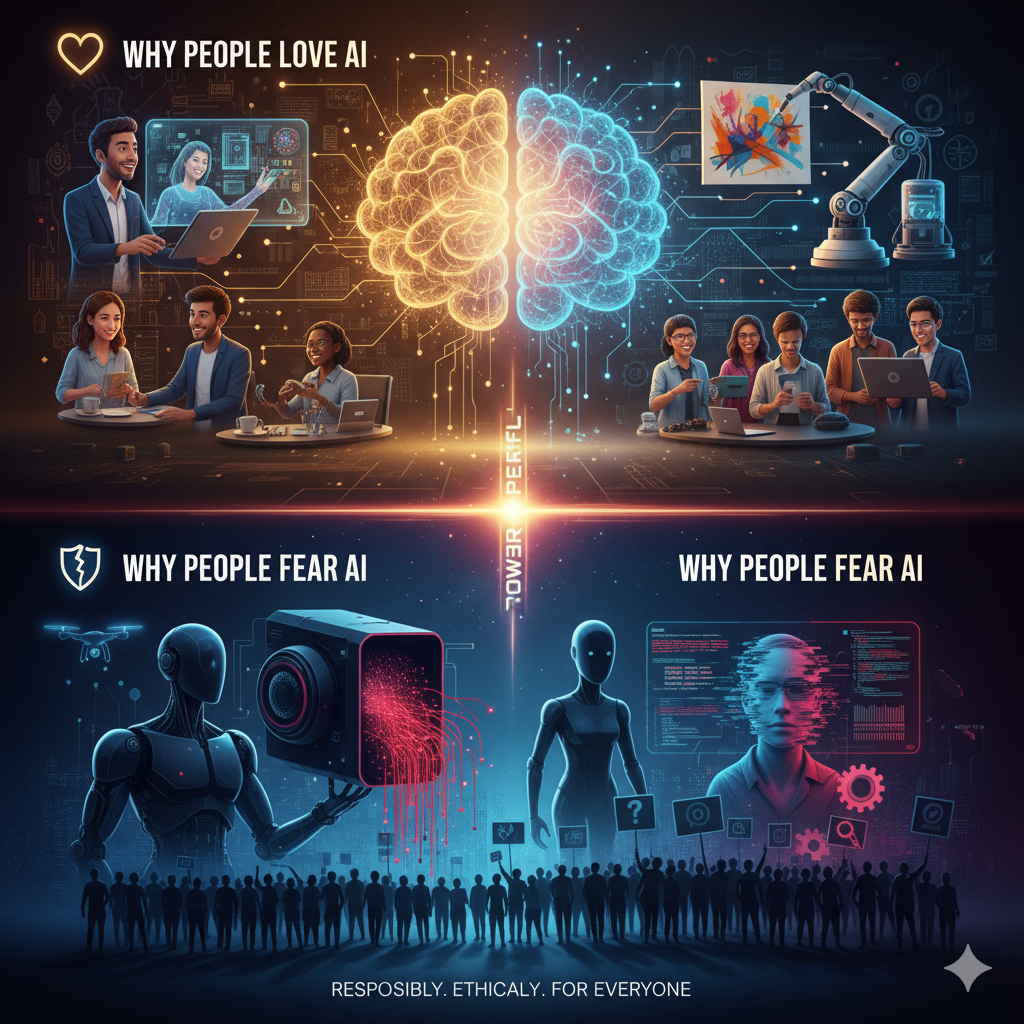For decades, the way we’ve thought about language — and by extension, artificial intelligence — has been tied to rigid structures. Words were treated as fixed containers of meaning, grammar as an unshakable rulebook, and logic as a binary switchboard: true or false, yes or no. But cracks are forming in this foundation. A new school of thought, known as inferentialism, is beginning to gain traction among researchers who believe it could redefine how machines learn, reason, and even converse.
What is Inferentialism?
At its core, inferentialism suggests that meaning doesn’t come from static definitions but from the web of inferences we can draw from a statement. In other words, words and ideas gain significance by how they connect, not by how they are locked down in a dictionary. Take a simple example: the sentence “The sky is cloudy.” Traditional logic interprets this as a factual claim — true or false depending on observation. Inferentialism, however, emphasizes the implications: cloudy skies might mean rain, which could mean you’ll need an umbrella, which might affect whether you walk or drive. The meaning of the sentence is inseparable from its chain of consequences.
Why This Matters for AI:
Right now, most large language models (LLMs) are sophisticated pattern-matchers. They excel at predicting the next word based on training data, but they don’t truly “understand” meaning in the way humans do. Inferentialism could change that. By structuring AI reasoning around inference chains, systems might begin to move closer to actual reasoning rather than surface-level mimicry. Instead of spitting out what sounds right, they could generate answers that flow from contextual meaning and implication. Imagine asking an AI about climate change. Today’s models can summarize reports and cite facts. An inferentialist AI, however, might be able to connect economic policies, human behavior, and environmental data into a living chain of reasoning, highlighting not just what’s true, but why it matters and what could follow.
Beyond Logic: Toward Human-Like Understanding:
Language is messy. Humans constantly deal with ambiguity, sarcasm, contradictions, and implied meanings. Classical logic often fails here, but inferentialism thrives. Consider conversation: when someone says, “Nice job…” after a clumsy mistake, traditional analysis might treat it as praise. Inferentialism instead looks at social cues and implied meaning, recognizing it as sarcasm. If embedded into AI systems, this could make machines vastly better at handling human-like communication, from detecting irony to navigating complex negotiations.
The Risks and Challenges:
Of course, no new paradigm comes without concerns. Inferentialist AI might:
- Over-infer: making leaps that aren’t supported by facts.
- Introduce bias: since inference chains are shaped by context, they might amplify cultural or political assumptions.
- Challenge explainability: if AI reasoning becomes fluid and relational, tracing exactly why a system made a decision could get even harder.
Researchers will need to balance the flexibility of inferentialism with safeguards that keep reasoning transparent and grounded in reality.
A Turning Point for AI?
Inferentialism may seem abstract, even philosophical — but so did the idea of neural networks when first proposed decades ago. Today, they power everything from voice assistants to medical imaging. If inferentialism takes hold, it could represent the next great leap: AI that doesn’t just compute, but reasons. Not just statistics dressed up as intelligence, but something approaching genuine understanding. And perhaps most importantly, it reflects a shift in how we view intelligence itself. Moving away from rigid rules toward dynamic webs of meaning doesn’t just expand AI’s potential — it forces us to rethink what it means to know, to reason, and to understand. The missing puzzle piece in AI might not be bigger data or faster processors. It might be a new way of thinking about thought itself.



